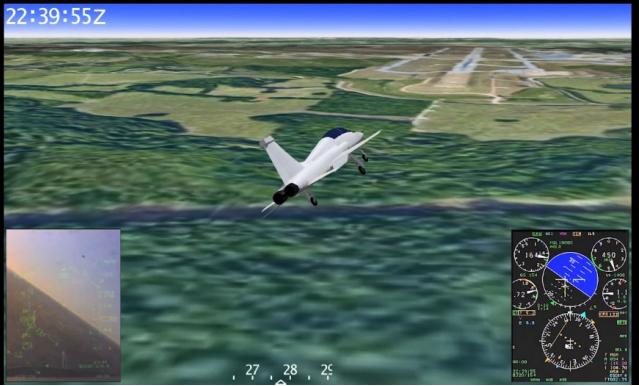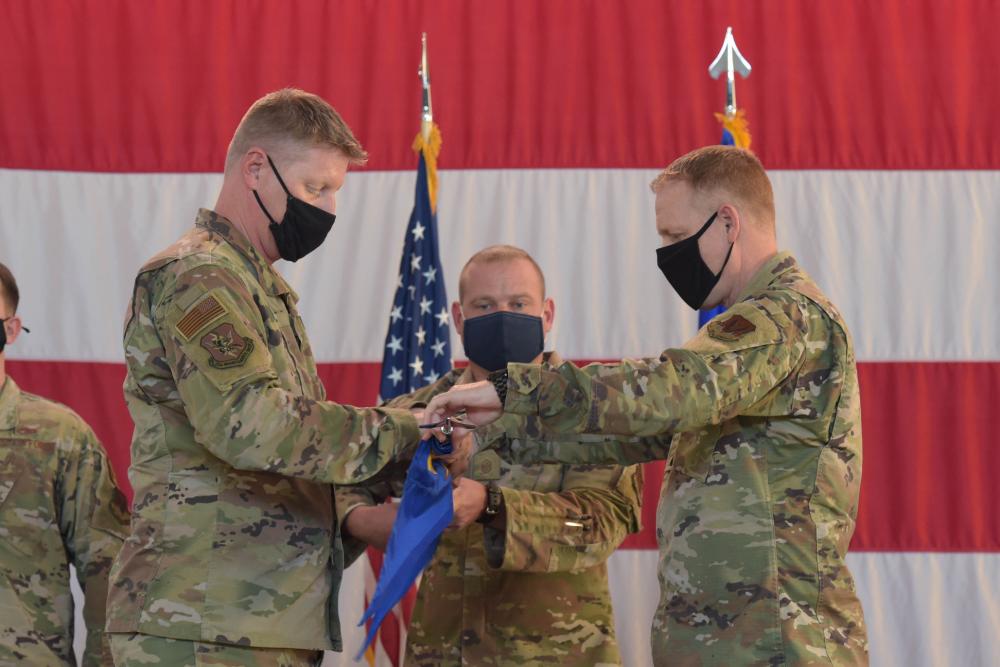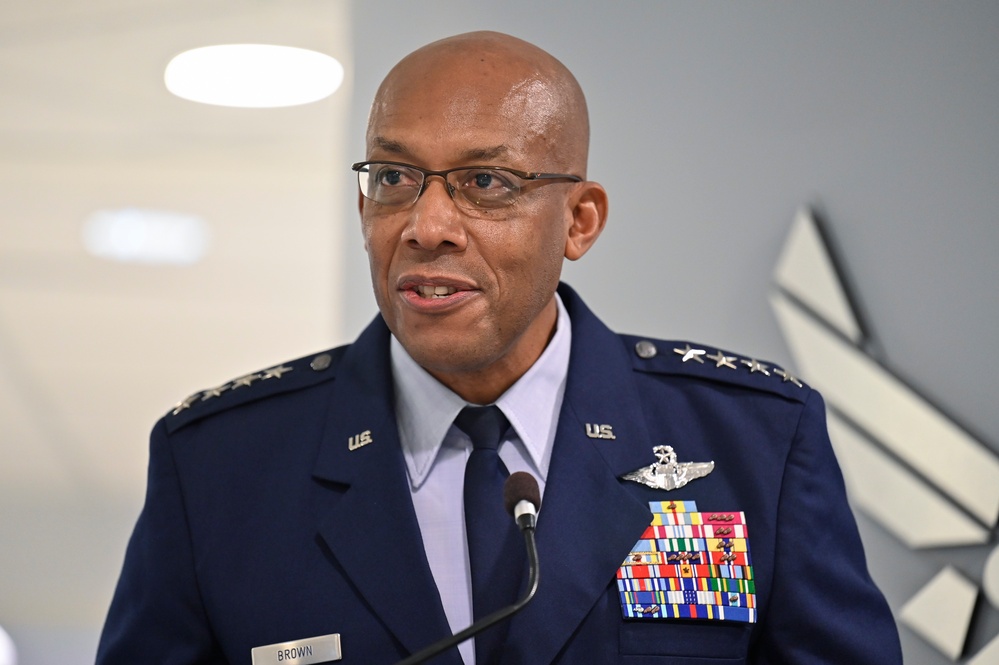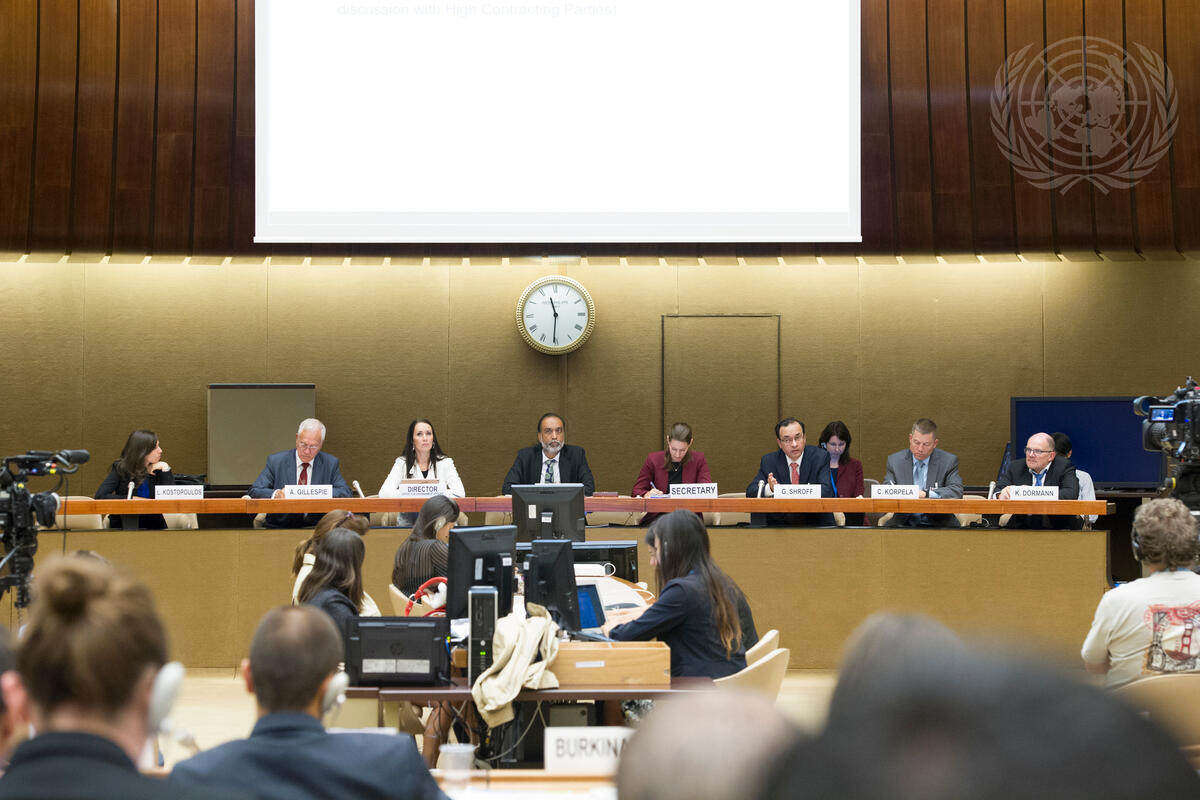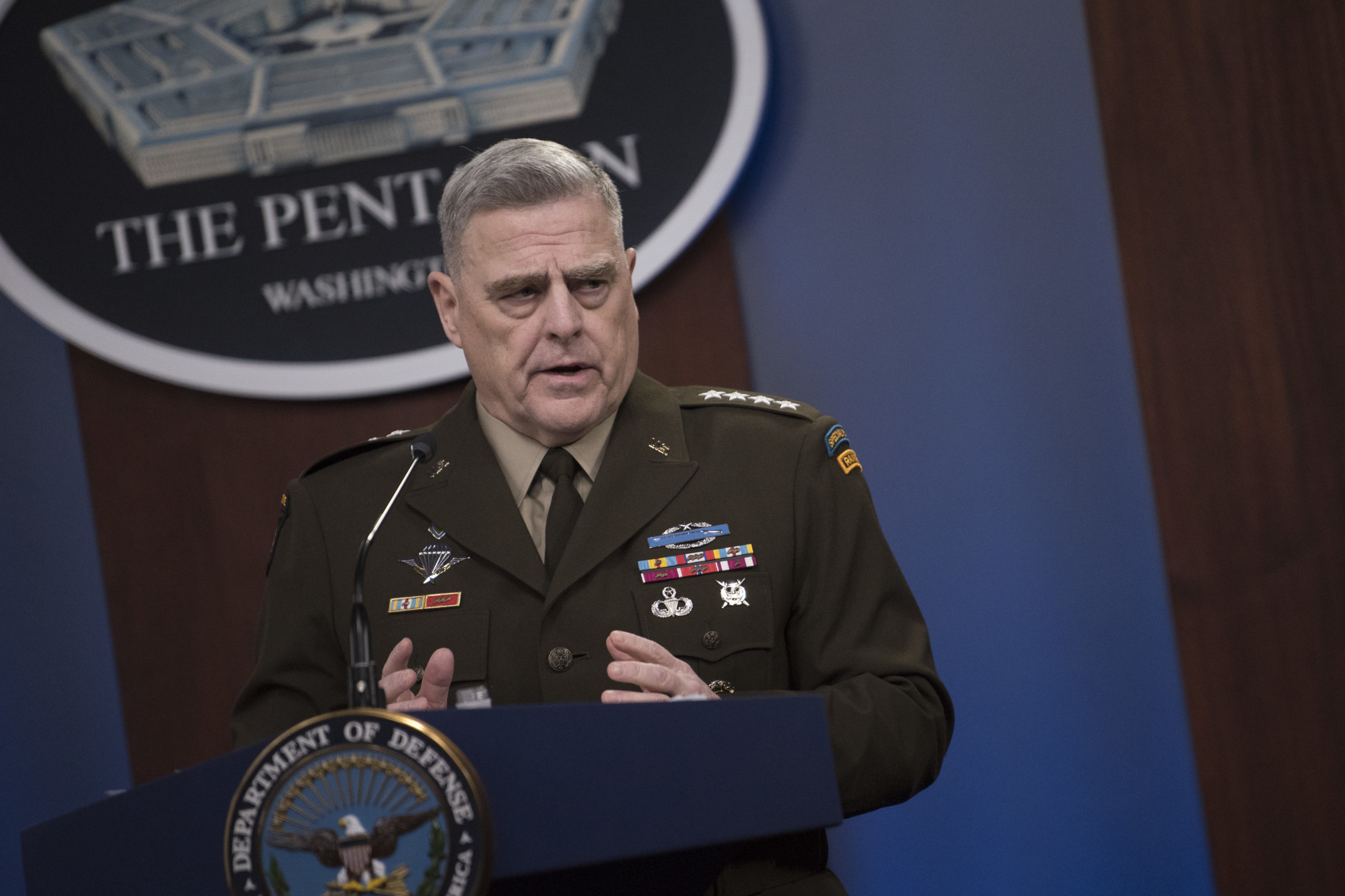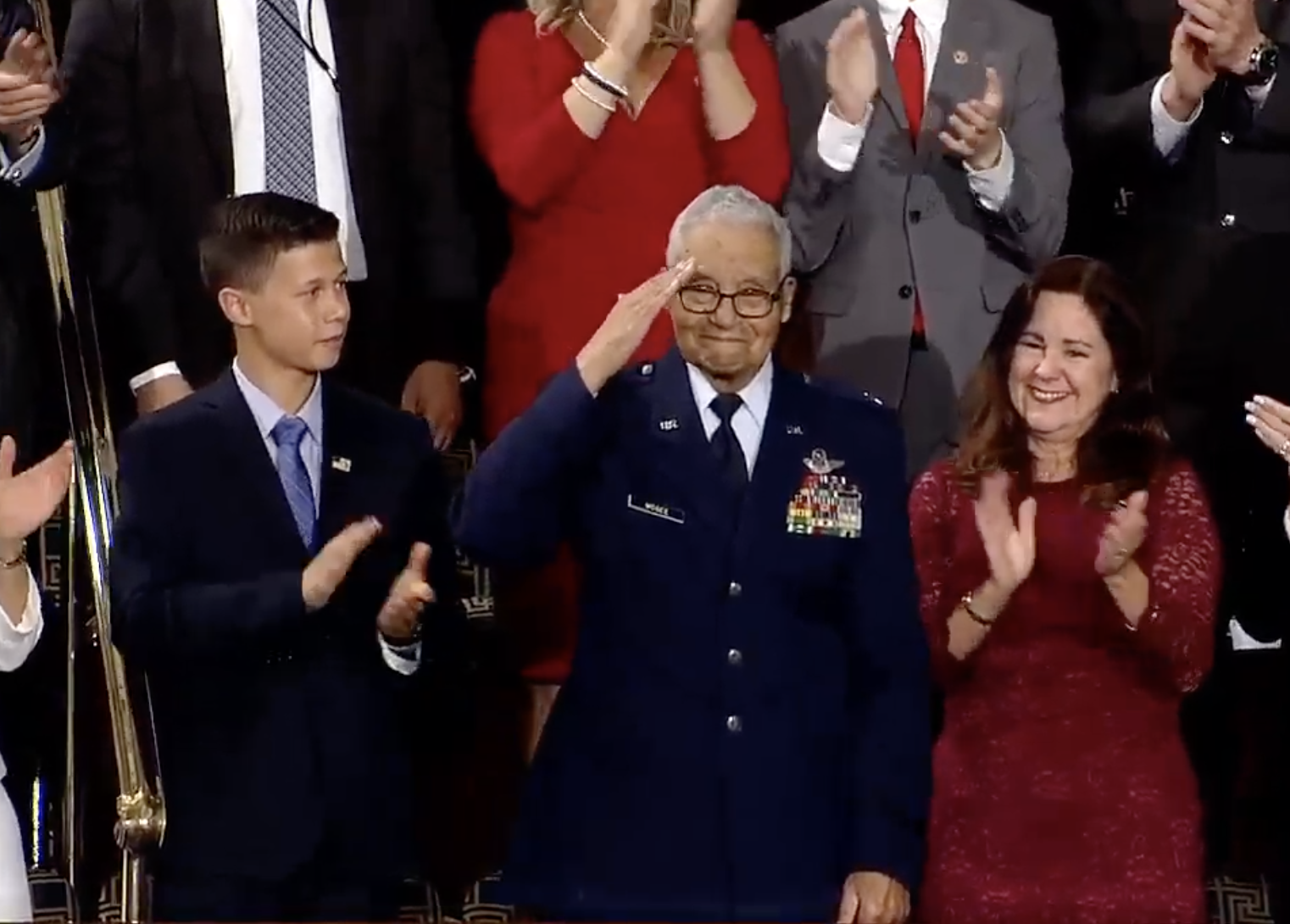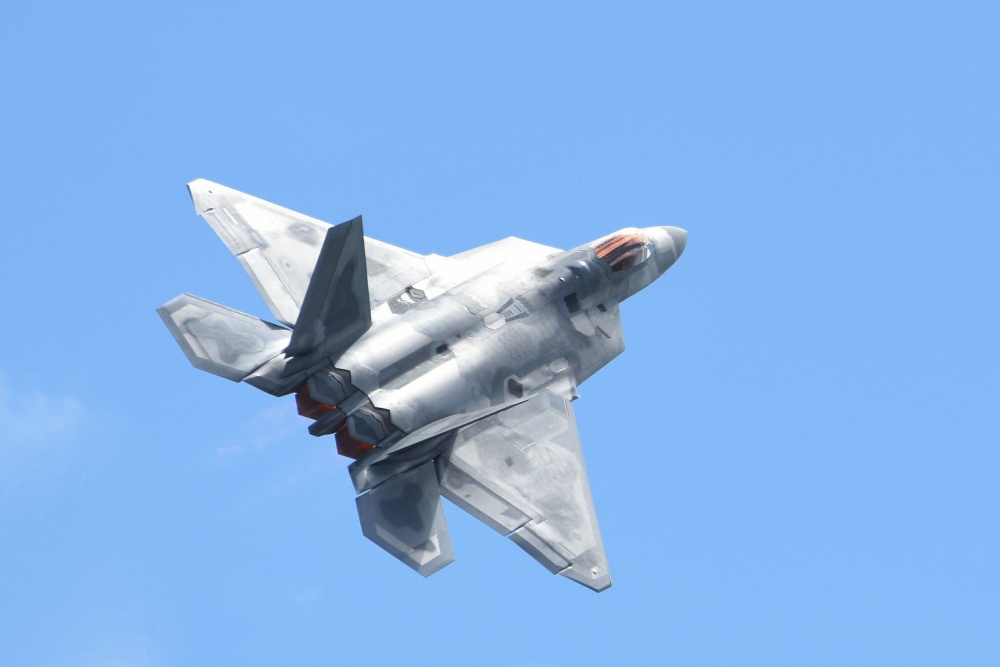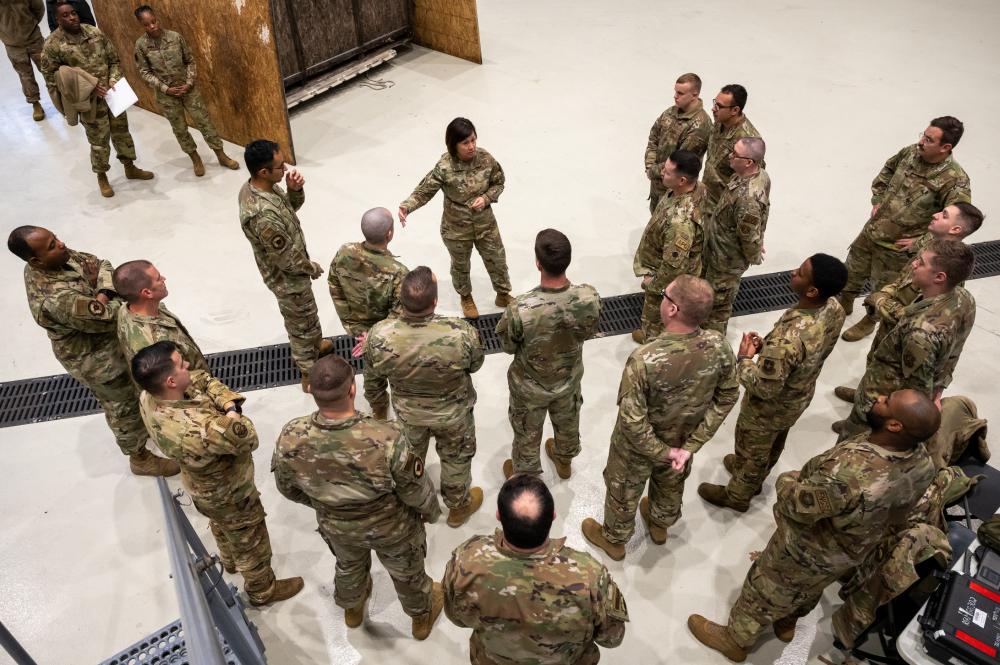Numbers of major accidents involving Air Force aircraft are down slightly over the past five years, the service reported Jan. 18. There were fewer Class A accidents in fiscal 2021 but a slight increase in Class B mishaps during the year, the third year Class B accidents have increased.
In fiscal 2021, the Air Force saw 21 Class A aviation accidents, down from 30 in fiscal 2020 and “well below the five-year average” of 27.2, the service said. Class A mishaps result in a death or permanent disability, cause more than $2.5 million in damage, or result in the destruction of an aircraft.
Class B mishaps, however, increased from 41 in fiscal 2020 to 42 in 2021, which USAF said was “consistent” with a five-year average of 42.5 such accidents. A Class B mishap causes permanent partial disability; causes damage valued at between $600,000 and just under $2.5 million; or hospitalizes three people, not counting those admitted for observation or administrative purposes who are treated and released.
The Class A accidents in fiscal 2021 resulted in four deaths, including one contractor pilot, compared with seven who died in Class A events during fiscal 2020. Eight aircraft were destroyed—versus 14 the year before—of which two were Air Force-owned manned airplanes, five were USAF-owned unmanned aircraft, and one was a manned contractor airplane. Six unmanned aircraft were involved in Class A accidents in fiscal 2020.
The data provided were as of Dec. 15, 2021.

Of the 2021 “flight mishaps,” 19 were Class A and 30 were Class B, for a total of 49. “Ground operations” accidents tallied two Class A and 10 Class B, for a total of 12, and there were two Class B accidents under “flight-related mishaps,” for a grand total of 63 Class A and B mishaps combined in fiscal 2021.
Although the trend line for Class A accidents is down with 2021, the number has risen and fallen over the past five years. The number was 29 in fiscal 2017; rose to 30 in 2018; fell to 26 in 2019; then surged again to 30 in 2020; before falling sharply to 21 in 2021.
Class B accidents are actually on a rising trend line over the past three years. In fiscal 2017, there were 44 Class B accidents, but in fiscal 2018, there were 47—a five-year high. Class B accidents fell sharply to 36 in fiscal 2019 but jumped to 41 in 2020 and rose again to 42 in 2021.
The Air Force did not provide data on Class C accidents, which cause damage valued at up to $600,000 or result in injuries causing loss of workdays.
The total combined Class A and B accidents—63 in fiscal 2021—is meaningfully less than the 72 in fiscal 2020 and 2019. The recent peak was fiscal 2018, with a combined 74; following 70 in fiscal 2017.
The Air Force Safety Center has noted that statistics “fluctuate from year to year,” so it looks at trends in the data in search of significant changes or common issues.
